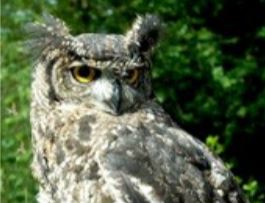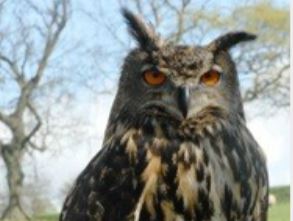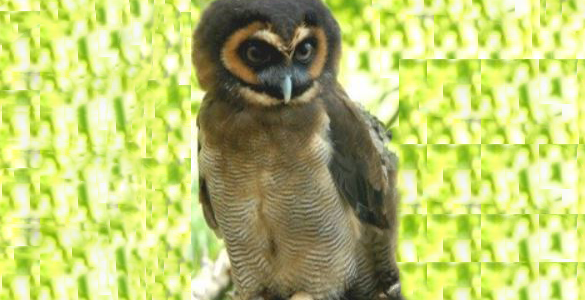
Hear my call
BARN OWL
(Tyto Alba)
The Barn Owl is best known for its heart shaped facial disc, a feature that enhances the birds hearing, enabling it to locate its prey accurately. Once a common site in Britain, the Barn Owl is now a threatened species. As the landscape changes, survival becomes increasingly difficult. Barn Owls weigh between 8oz and 13oz and have a wingspan of 2.5 to 3 feet. The distribution of the Barn Owl is global, and they are the most widespread land bird in the world. Essentially a tropical species, Southwest Scotland is the most northern limit of its range. Barn Owls are found in open countryside, water meadows, grasslands and agricultural land. They often hunt during the day, mainly seen at dusk. Graceful in flight the Barn Owl quarters low over meadows, hovers silently over prey or hunts from a post. The Diet mainly consists of small mammals like mice, field voles and the common shrew.













